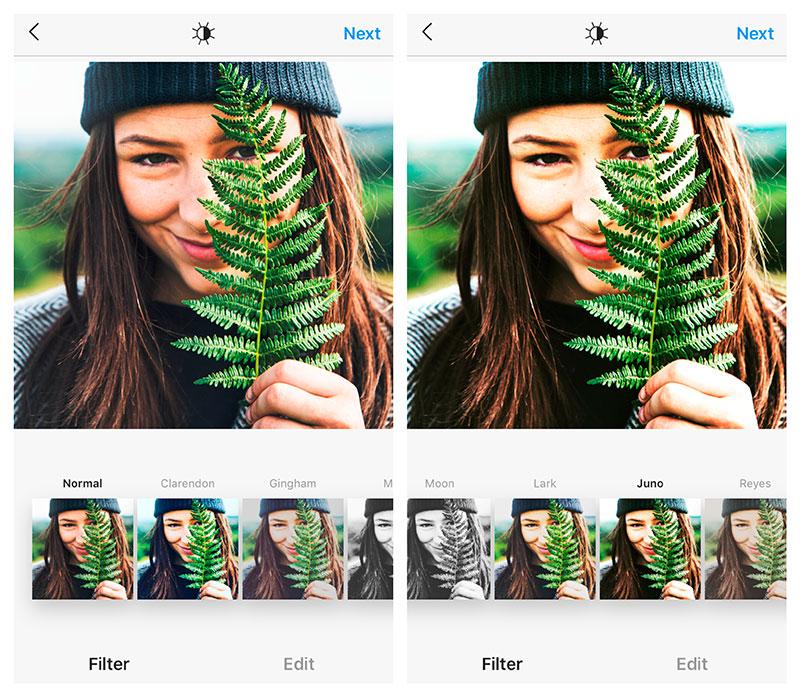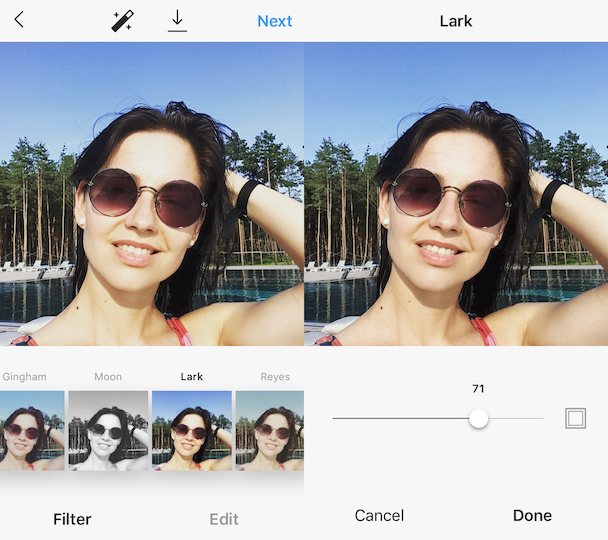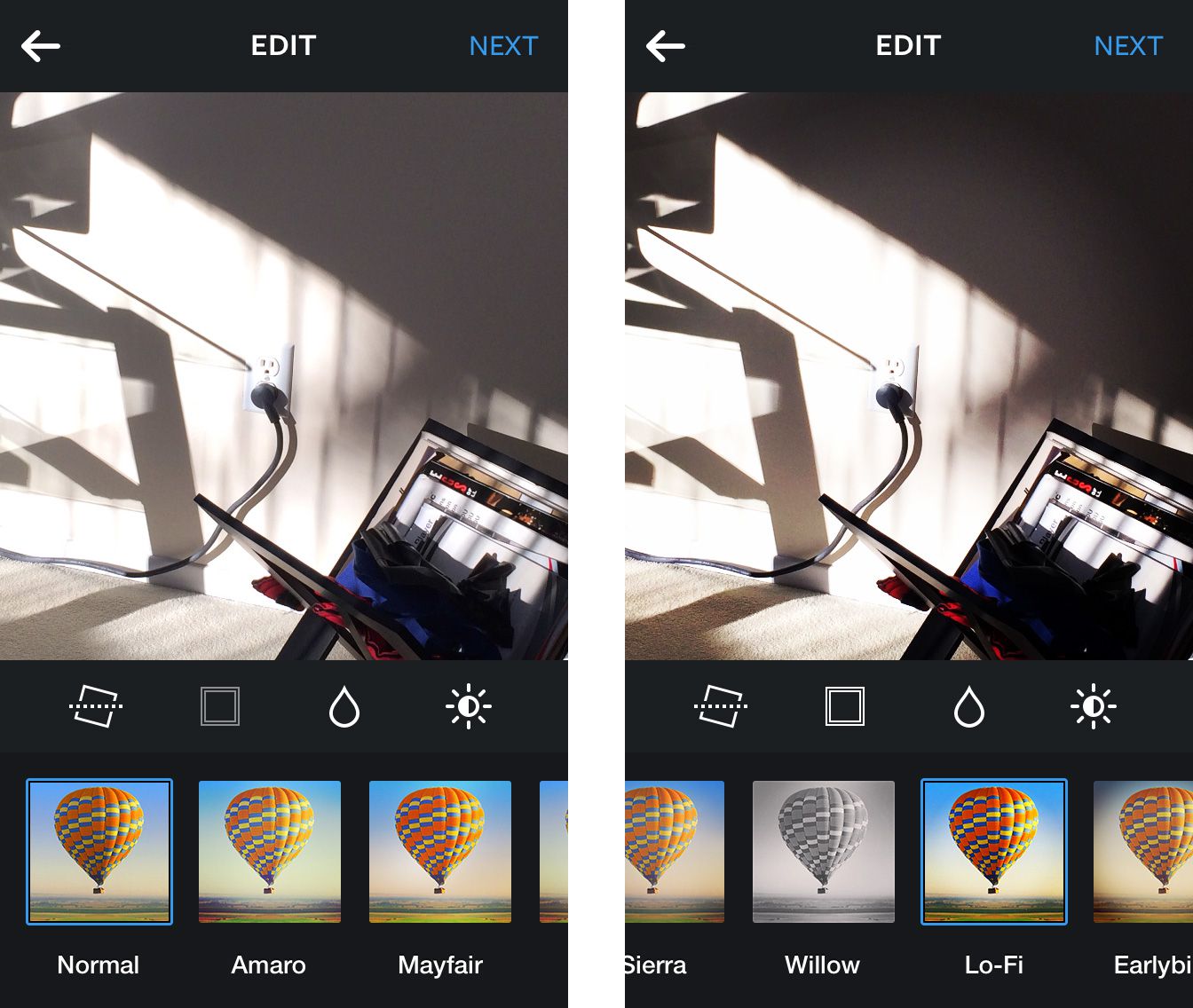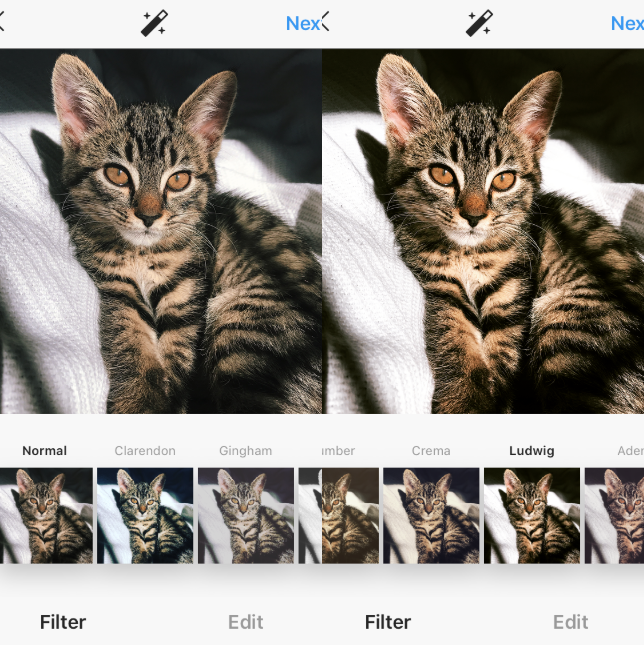The 10 best Instagram filters
I’ve always had a passion for photography so, even 20 years ago, it wouldn’t have been strange to me to know that, 20 years later, I would have had my own photography blog. What I never thought, however, is that one day I would find myself writing about Instagram filters. I tell you the truth: at first I saw them as real smoke from the eyes. Understand me! For me photography is art and technique and it was not easy having to accept that, at a certain point, even a novice pinco pallino could take pictures from God only using an iPhone and the right filter. Over time I have come to terms with them and, I admit, now I use them too. From the series: if you can’t fight them, make them friends. This is what I did and in this in the next post I will tell you which are in my opinion the 10 best Instagram filters on the market.
Juno
I can’t tell you if it is the one that is used the most, but it is certainly one of the first that always comes to mind because it is a bit of a wildcard filter. In fact, Juno has the extraordinary ability to work on the contrast of your image by reviving the reds and yellows so that they stand out more than for example the blues. It is a filter particularly suitable for indoor photographs, on things and people.

Lark
Lark is another of my wildcard Instagram filters. Its peculiar feature is to give more light to your subject. It increases the exposure on the one hand and decreases the saturation of the magenta, purple and red hues on the other. Still on the subject of saturation, using the Lark filter for your photos on Instagram you will end up noticing an increase in the blue and red hues: a set of features makes it perfect for shots of landscapes or natural sceneries.

Lo-Fi
I got to know the Instagram Lo-Fi filter on the internet (just like maybe it’s happening to you right now). I was intrigued by the fact that, according to the blog I was reading, Lo-Fi was perfect for a 90’s photo effect. After using it several times I can’t tell you how much the final 90’s effect actually is. I can say is that this filter is perfectly capable of giving a strong sense of drama to your photos (an element that does not make it useful for “carefree” shots) thanks to the shadows that are added to the subject being shot.

Clarendon
If you have been using Instagram for more than 5 minutes then surely you have come across Clarendon at least once. In practice, it is the “Raffaella Carrà” of Instagram filters. Impossible not to know him. In addition to using it as I believe many of you have done, I have also studied this Clarendon a little to understand its algorithm, its secret. And do you know how it manages to have those nice graphic effects? Simply adding light to the bright areas of your photo and dark to the darker parts. Nothing more than a pinch of cyan, where necessary to be able to increase the sense of contrast between the darker parts and the light parts. Simple and ingenious.

Ludwig
Contrary to popular belief, this filter is not inspired by the figure of the composer (of the same name) Beethoven but is named after the architect Ludwig Mies van der Rohe. How does Ludwig act on your photos? It does 2 basic things: it reduces the saturation and brightness of magenta, blue, cyan, green and yellow. In the second instance it operates a slight decrease in the general contrast.

